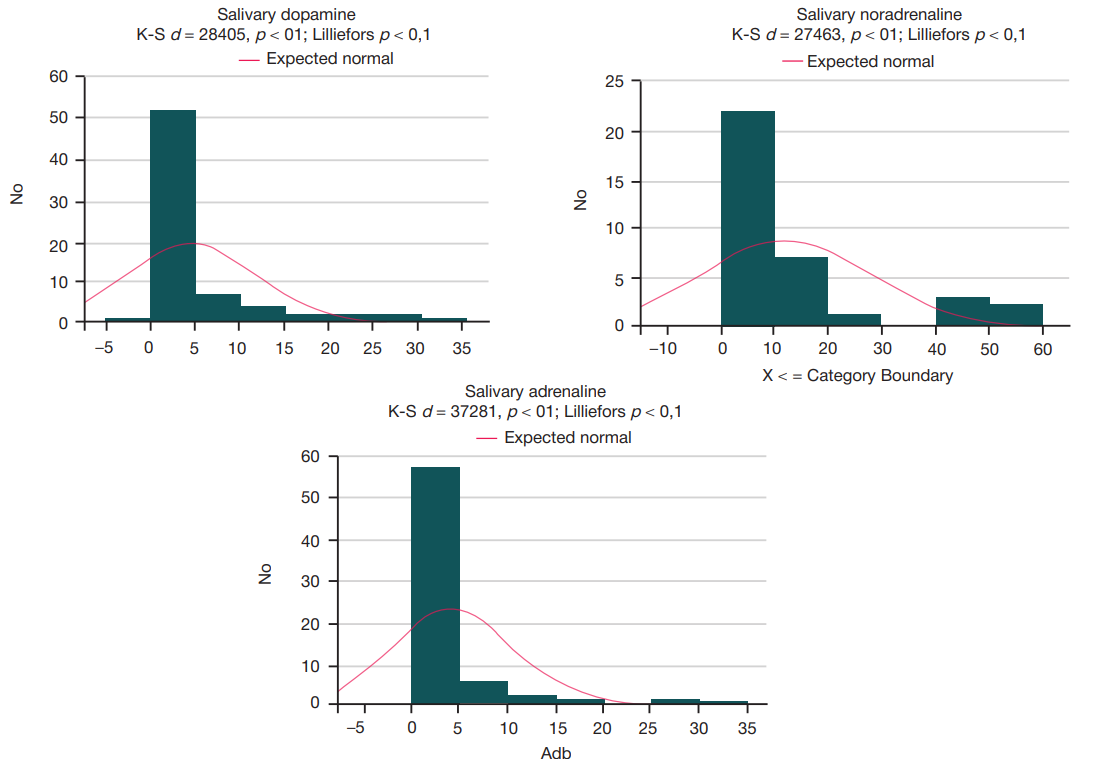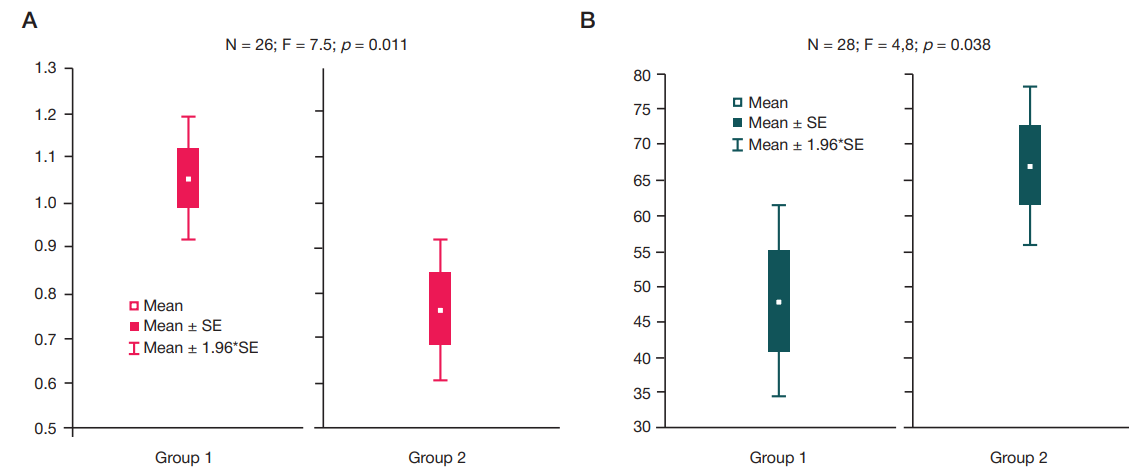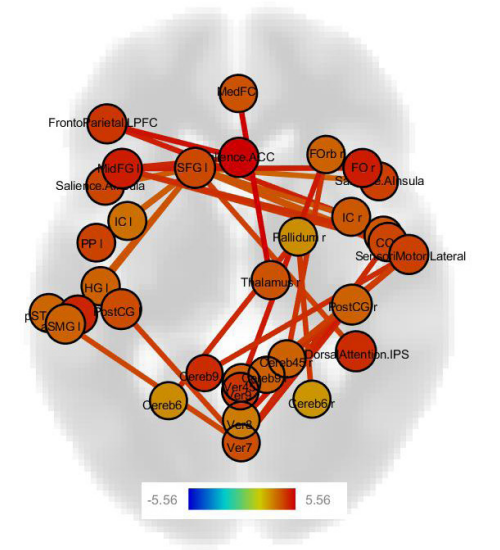
This article is an open access article distributed under the terms and conditions of the Creative Commons Attribution license (CC BY).
ORIGINAL RESEARCH
Relationship of stable combinations of salivary catecholamines with cerebral function organization in patients with chronic cerebral ischemia
Research Center of Neurology, Moscow, Russia
Correspondence should be addressed: Vitaly F. Fokin
Volokolamskoye shosse 80, Moscow, 125367, Russia; ur.liam@fvf
Author contribution: Fokin VF — manuscript writing; Abaimov DA — biochemistry testing; Ponomareva NV — physiological and neuropsychological testing design, general study design; Medvedev RB — Doppler tests and clinical assessment; Konovalov RN — brain imaging testing design; Lagoda OV — clinical assessment; Krotenkova MV — brain imaging testing management; Shabalina AA — biochemistry testing design; Tanashyan MM — clinical assessment management, general study design.
Compliance with ethical standards: the study was approved by the Ethics Committee of the Research Center of Neurology (protocol No. 5-6/22 dated 1 June 2022). The informed consent was submitted by all study participants.




